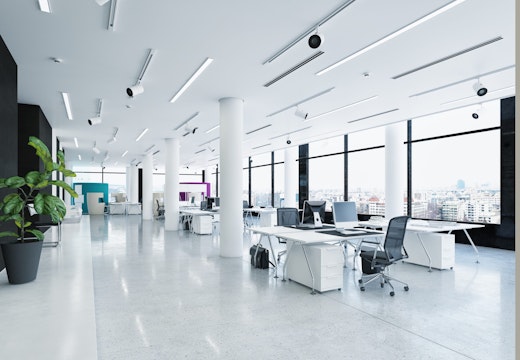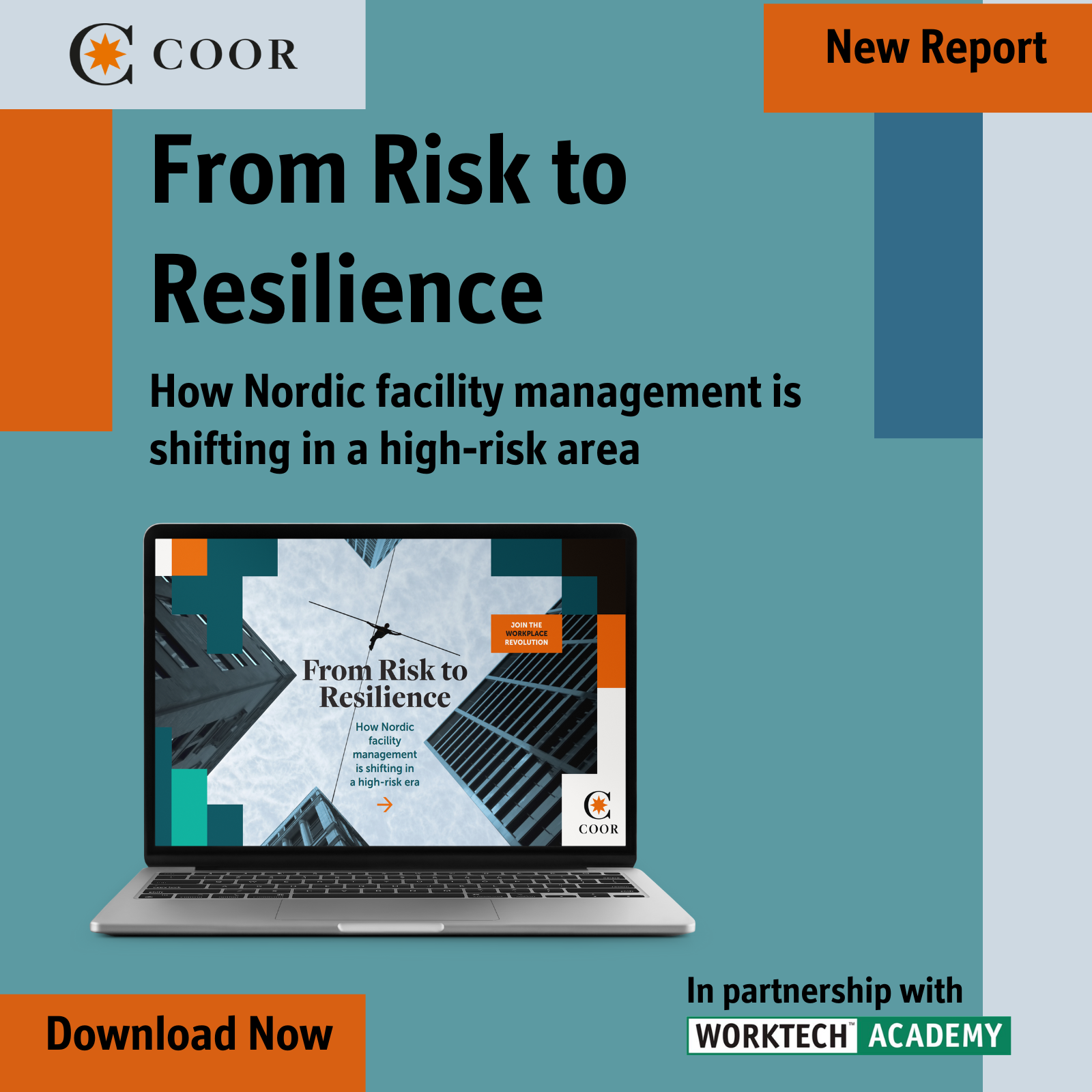New US research on videoconferencing pinpoints poor experience
Virtual meetings can be tiring and distracting with a lack of spontaneous interaction. Researchers are trying to figure out ways to design a better user experience
After nearly five years of hybrid meetings, research findings have coalesced on the details of how we experience video meetings and how we might design them better.
New US research from Chaeyun Lim of Michigan State University (2024) has identified four major themes around the experience of videoconferencing: loss of spontaneous interactions; lack of nonverbal communication; more fatigue with more efforts; and more distractions with less engagement.
The study goes on to discuss the impacts of virtual meetings on the workplace, such as loss of workplace learning, and a double-edged sword in terms of work relationships and productivity. Lim’s findings are consistent with multiple analyses of video conferencing sessions. They also raise the question of how can design be used to support hybrid sessions.
Range of answers
Previous research offers a range of answers. According to Choi, Chang, Lee, and Chang (2016), warmer shades as backdrops can be a plus, as they make positive interactions more likely.
The heads of remote participants projected into a space should be about the same size as the heads of the people physically onsite; when they’re not, discussions can be more highly charged and potentially even take an aggressive turn (Ramachandran, 2021). This is unlikely to have desirable effects on meeting outcomes.
Similarly, every effort should be made to have the heads of remote and onsite participants at about the same apparent height above the floor, with no-one seeming to look up or down, as the apparent value of what those being looked down on have to say is degraded while the apparent contributions (and trustworthiness) of those being ‘looked up to’ is enhanced (Makhanova, McNulty and Maner, 2017; Baranowski and Hecht, 2018).
Onsite spaces for virtual meetings should not prioritise people onsite being able to see the video screen at the expense of being able to see each other ( for example, the seats in a conference room should not be lined up in a row facing the video monitor), as this distorts social dynamics, giving the role of ‘session leader’ to remote participants, whether that is appropriate or not.
On-site comfort
Similarly, the comfort of onsite attendees with the usual sorts of views of each other during meetings should not be sacrificed so that they can be neatly filmed for offsite participants—which may require increasing the number of in-conference room cameras.
Backdrops behind speakers are important (for example, Houchens, Saint, Kuhn, Ratz, Engle, and Meddings, 2024). To avoid distractions or communicating undesirable information nonverbally, organisations might wish to provide employees with an electronic backdrop (one accessed through the video conferencing system) that they should use during meetings.
Read more of the latest research insights from Sally Augustin in Research Roundup, her regular column in the Innovation Zone for WORKTECH Academy members and partners here.
Read Sally Augutin’s full article on the Innovation Zone here.
Research sources
Andreas Baranowski and Heiko Hecht. 2018. ‘Effect of Camera Angle on Perception of Trust and Attractiveness.’ Empirical Studies of the Arts, vol. 36, no.1, pp. 90-100.
Jungsil Choi, Young Chang, Kiliae Lee, and Jae Chang. 2016. ‘The Effect of Perceived Warmth on Positive Judgment.’ Journal of Consumer Marketing, vol. 33, no. 4, pp. 235-244.
Nathan Houchens, Sanjay Saint, Latoya Kuhn, David Ratz, Jason Engle, and Jennifer Meddings. 2024. ‘Patient Preferences for Telemedicine Video Backgrounds.’ JAMA Network Open, vol. 7, no. 5, e2411512.
Chaeyun Lim. 2024. ‘Beyond Fatiguing Virtual Meetings: How Should Virtual Meetings for Workplaces Be Supported?’ International Journal of Human-Computer Interaction, vol. 40, np. 18, pp. 5103-5118.
Anastasia Makhanova, James McNulty, and Jon Maner. 2017. ‘Love in the Time of Facebook: Promoting Attraction Using Strategic Camera Position.’ Personality and Social Psychology Conference, January 21, San Antonio, TX, Program, p.141.
Vignesh Ramachandran. 2021. ‘Stanford Researchers Identify Four Causes for ‘Zoom Fatigue’ and Their Simple Fixes.’ Press release, Stanford University.








